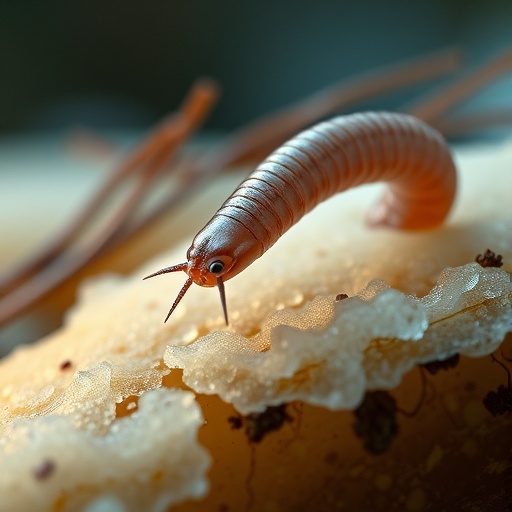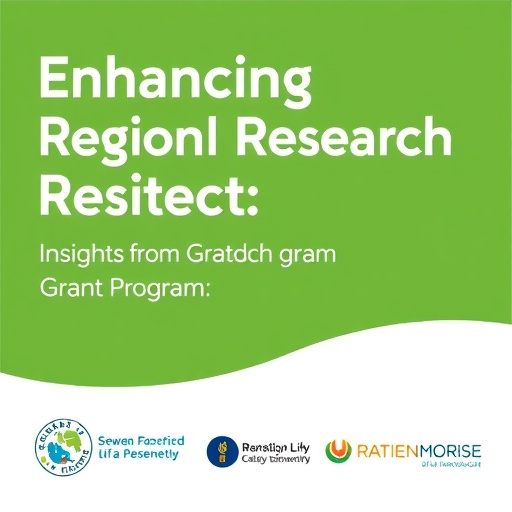Research carried out at the University of Tartu Faculty of Medicine used nanoparticles for the development of new imaging and treatment methods for peritoneal cancers. Tests showed that precision-guided anticancer nanoparticles have improved efficacy and reduced side effects.
One of the most common manifestations of gastrointestinal and gynaecological malignancies, such as gastric, colorectal and ovarian cancer, is the dissemination of cancer cells in the abdominal cavity. However, treatment opportunities are limited, because not all microscopic tumor nodules can be surgically removed and the dose of therapeutics must be kept suboptimal to limit side effects.
“Compared to intravenously administered drugs, intraperitoneal anti-cancer drugs achieve higher concentrations in cancer tissue and are thus more efficient. Nevertheless, drugs that are administered in such a way cause side effects in the normal tissues of the abdominal cavity as they do not recognise their ‘target’,” said the lead author of the research, Hedi Hunt, who just defended her doctoral thesis at the University of Tartu Faculty of Medicine.
According to Hunt, one possibility for enhancing the activity of drugs and reducing the side effects is to ‘load’ them into nanoparticles and cover the surface of the particles with guiding molecules (peptides -short protein fragments) that recognise malignant tissues. “Using these ‘smart’ nanoparticles can help to improve the solubility, selectivity and release of drugs in tumor cells,” she explained.
The supervisor of Hunt’s doctoral thesis, professor of nanomedicine at the University of Tartu Institute of Biomedicine and Translational Medicine, Tambet Teesalu, told that even though some intraperitoneal anti-cancer nanodrugs have reached clinical trials, no intraperitoneal nanodrugs have been approved. The supervisor is convinced that: “directing the intraperitoneal nanoparticles with tumor homing peptides will open up new possibilities in drug development.”
“The results of Hedi Hunt’s doctoral thesis convincingly show that, in animal models, a homing peptide with the code name TT1 enhances the accumulation of intraperitoneal nanoparticles in malignant tissues and their anti-cancer activity,” said Teesalu. “Our results are potentially clinically applicable. Our collaboration with Dr Olav Tammik at Tartu University Hospital showed that TT1 nanoparticles bind to clinical samples of peritoneal tumors. Now we hope that Hunt’s research is noticed by pharmaceutical industry.”
###
Media Contact
Tambet Teesalu
[email protected]




